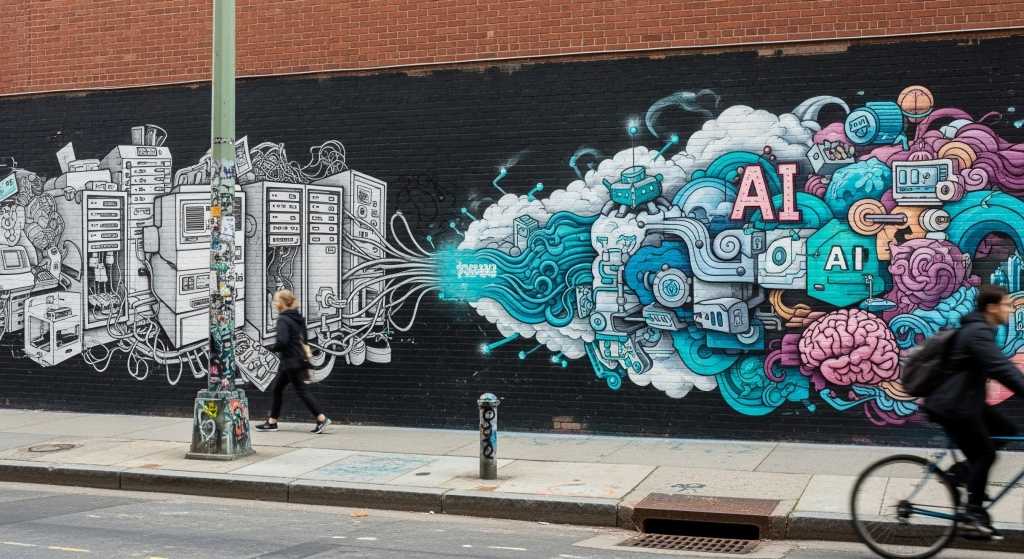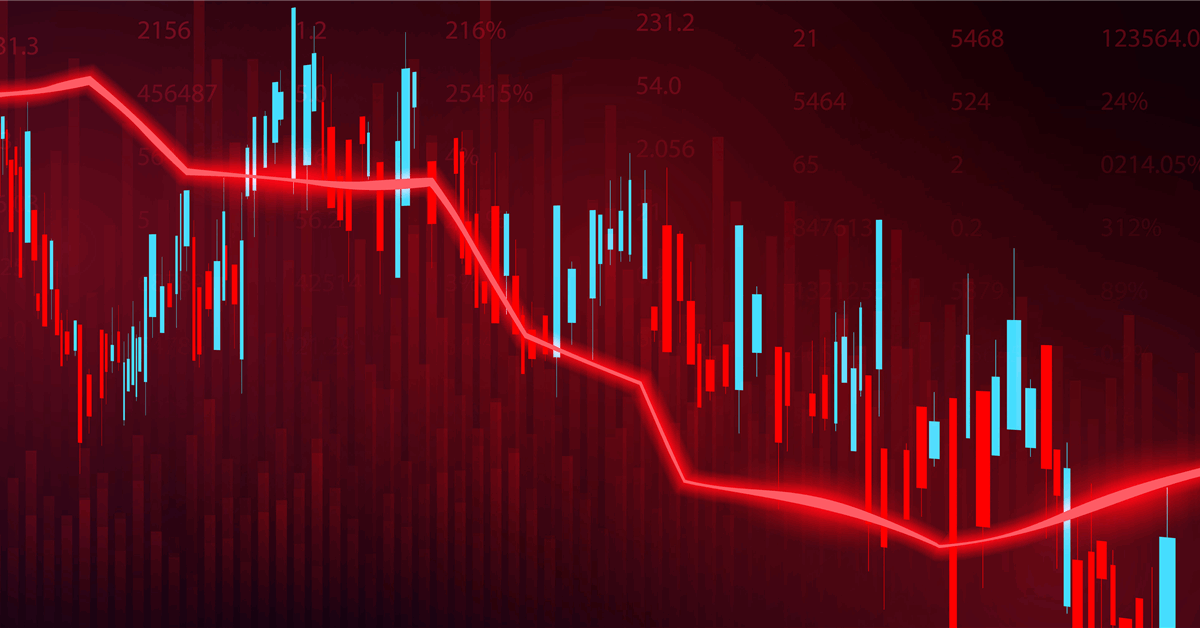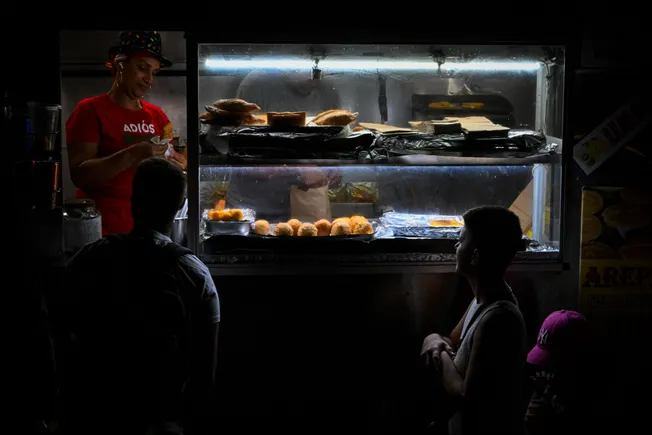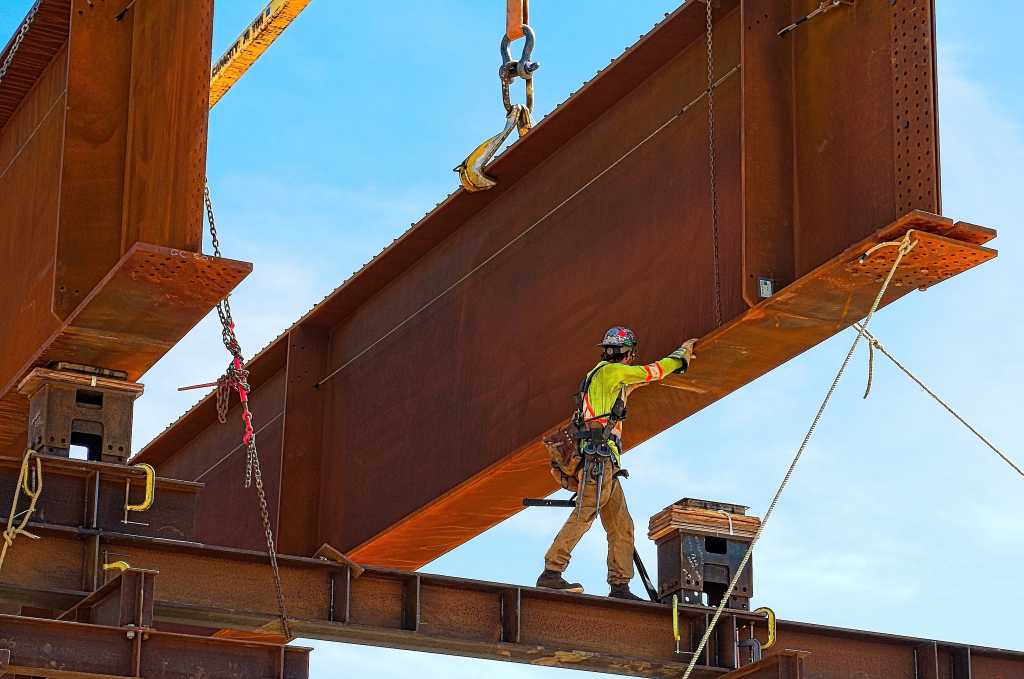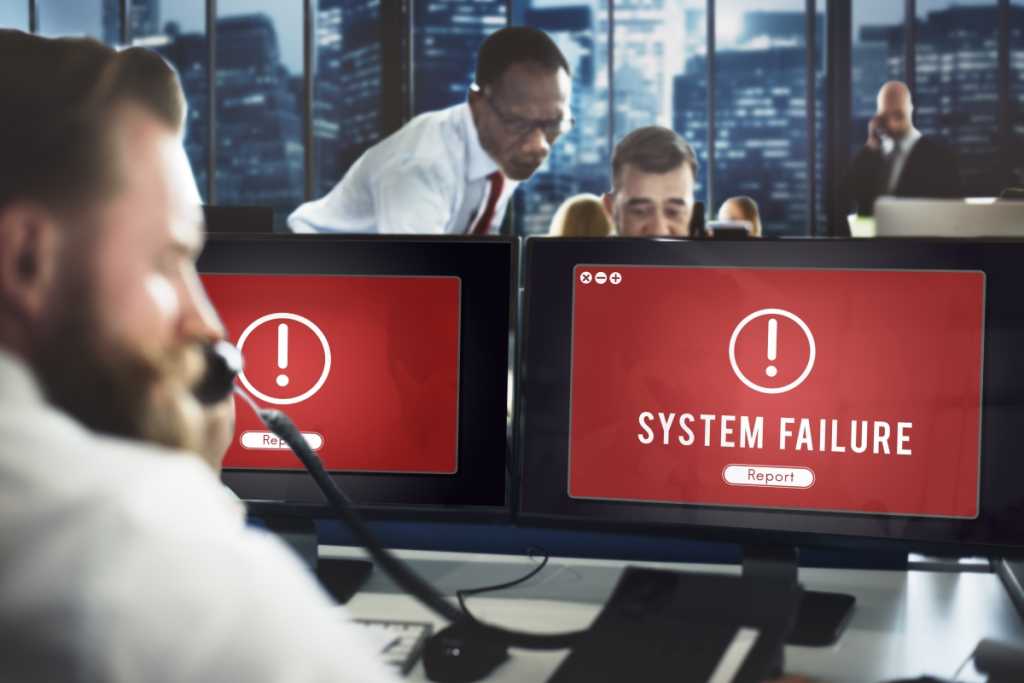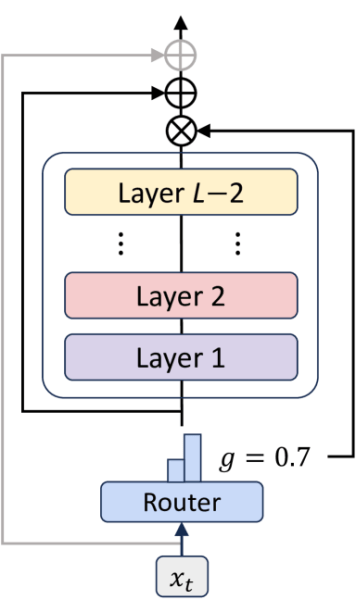Nearly every night for the past two weeks, Puerto Rico’s grid operator has called on tens of thousands of batteries scattered across the island to overcome energy shortfalls and help deliver power to approximately 3 million residents — and it’s working. What started as a modest pilot program in 2023 has grown into the first operational behind-the-meter virtual power plant in Latin America and the Caribbean, and a crucial support for the territory’s dilapidated energy infrastructure, said Javier Rúa-Jovet, chief policy officer of the Solar and Energy Storage Association of Puerto Rico. “It’s grown … in the blink of an eye,” he said. “It’s something to be proud of.” In May, Puerto Rico’s Energy Bureau, which regulates utilities, approved an emergency expansion of the “customer battery energy sharing” program in anticipation of a projected generation shortfall during the warmer months. Since then, LUMA Energy, the grid operator, celebrated what it called a “major energy milestone.” “[L]ast night we successfully dispatched approximately 70,000 batteries, contributing around 48 MW of energy to the grid,” the company said in a July 9 statement posted on X. “This collaboration helped address a generation shortfall of nearly 50 MW, assisting in preventing multiple load shedding events and keeping the lights on longer in many communities across the island,” it said. Before Hurricanes Irma and Maria devastated Puerto Rico in 2017, the island had a modest solar industry, driven largely by the desire to save money on power bills through net metering, and “storage was not a thing,” Rúa-Jovet said. What followed the deadly storms was the longest blackout in American history. “That kind of shifted, in people’s minds, the thinking on energy and the value of resiliency, and the importance of just basic energy,” Rúa-Jovet said. The Puerto Rico Energy Public Policy Act of 2019



